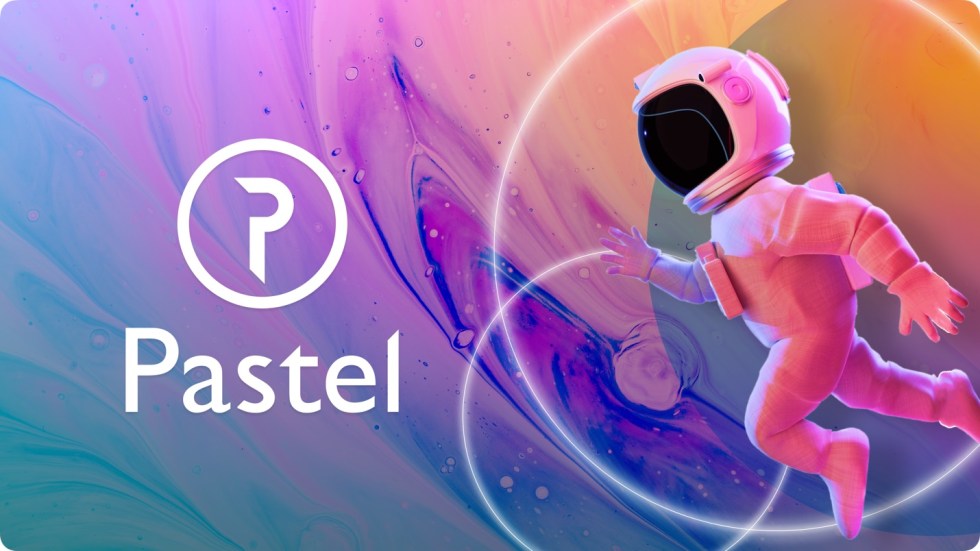Non-Fungible Tokens (NFTs) have taken the crypto space, and even the attention of people outside of crypto, to a new level. From the very beginning to this very day, some NFTs get sold for millions of dollars in the form of cryptocurrencies.
However, getting into crypto can be a difficult task for many people, especially those that have no prior understanding of how blockchain technology works and how to get their artworks, music, or videos turned into NFTs, to begin with.
SmartMint solves this hurdle by providing a no-code NFT minting platform that literally anyone can use.
The Current State of NFT Minting
Before SmartMint, there was an enormous barrier of entry to minting NFTs. There was no simple solution through which users could easily create smart contracts and mint NFTs that allow for custom metadata, properties, and attributes while also enabling permanent NFT data and metadata storage on a truly decentralized network.
Creators could go to a secondary NFT marketplace to mint an NFT. However, these will typically limit the number of traits or data that users can add. And, in most cases, these marketplaces will retain ownership of the smart contract that is deployed on the behalf of the creators.
Lastly, creators will also see that these marketplaces offer limited functionality in terms of supporting metadata storage, authenticity, and protection against copymint or counterfeits.
So, what’s the alternative?
For years, creators had to learn how to manually code and deploy their own smart contracts on blockchain networks or hire a developer to do it for them.
However, each blockchain has its own native programming language and complications. For example, Ethereum smart-contracts are written in Solidity while Solana is based on Rust.
From a creator’s perspective, having to learn an entire programming language in addition to understanding how a typical blockchain works is a time-consuming and tedious process that takes them away from their passion of creating.
This means that, unless they commit months, if not years, to advancing their technical knowledge to learn how to deploy smart contracts, they will have to rely on these marketplaces that limit them. However, all of this aims to be resolved using SmartMint.
Smart Contracts and Their Necessity
Smart contracts are programs developed to run on top of a blockchain network and execute when predetermined conditions are met. They are coded to have numerous functions and data that reside at a specific address on top of the decentralized blockchain.
Whenever users mint an NFT through third-party solutions, the software providers are the ones that write, create, and, in turn, have control over these smart contracts.
What this means is that users that want to maintain full ownership over their NFTs need to essentially customize and mint their very own smart contract and, as such, be the owner of it through their own wallet address that is connected at the point in time of the creation.
Each smart contract will allow users to have full control and ownership of what NFTs get minted within their collections and can help them manage details in other marketplaces that are connected to the same wallet. This means that users can manage multiple smart contracts and retain ownership over them
Minting Your NFT on Your Own Smart Contract with SmartMint
Co-Founder of Pastel Network, Anthony Georgiades explains, “SmartMint is a no-code NFT minting platform created and powered by Pastel Network – an application-specific, purpose-built native layer-1 blockchain. SmartMint allows any creator to simply upload their files, add custom properties and attributes, and select the network on which to mint their NFTs.”
SmartMint leverages Pastel’s advanced Sense and Cascade Protocols.
- Sense combats fraud and copymint issues through a revolutionary near-duplicate detection system that assesses the relative rareness of NFTs using ML algorithms. Creators can run their NFTs through the Sense Protocol to certify their work as authentic and rare.
- Cascade is a decentralized storage layer that brings creatives true NFT permanence on chain, so they never have to worry about pinning to IPFS, navigating the complexities of Arweave, or paying monthly hosting fees for centralized services.
All that creators need to do in order to use it is to upload their creative assets, add custom traits and attributes, and then mint the NFTs to securely store the metadata and calculate the unique rareness.
Then, they can list the NFTs for sale on their own personal website or marketplaces such as OpenSea or Rarible with just a few clicks.
When it comes to different file types that are supported, SmartMint can handle:
- Images in the form of PNGs, JPGs, SVG, and GIFs
- Videos in the form of .MP4 files.
Access and membership to the SmartMint platform is free. Users just need to pay gas fees in order to mint their NFTs on one of the supported networks. Supported networks at the moment include Ethereum, Polygon, and Solana with many more to come.
Remember, while users of SmartMint need to list their NFTs in secondary marketplaces in order to sell them, they still have full ownership over the smart contracts that are attached to their NFTs. If this procedure is done on the marketplace directly, the marketplace will typically maintain this ownership.
